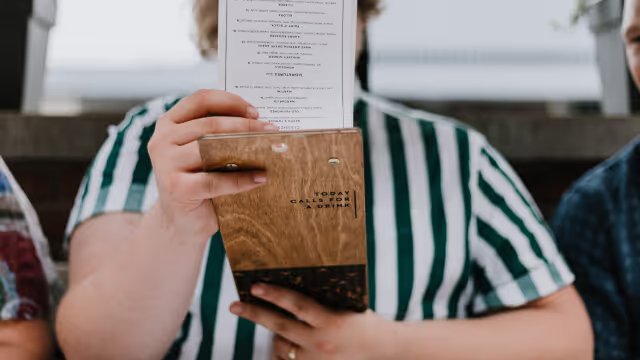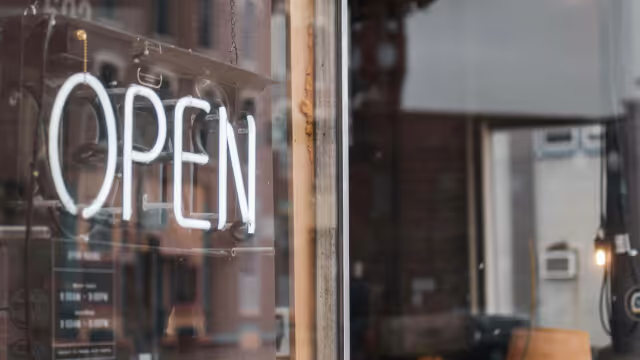Let’s talk conversion rates. Understanding your conversion rates can really help you see how your online channels are working for you and how your guests are behaving and interacting with your brand.But whilst it’s easy enough to say yes, the average order conversion that we see across MOBI customers sits at around 25% (other reports are lower at 9.8%), there are so many variables at play that can influence your conversion rate. Seasonality, menu, restaurant type, design of online storefront, location, it all plays a part. To increase conversion, restaurants and hospitality businesses need to explore these variables at different stages of their conversion funnel to see where they can make improvements.So, that said, let’s look at some of the reasons your conversion rate might not be measuring up, and also some things you can implement to stop your guests from abandoning their carts.
3 reasons your conversion rates might be low
1. There's disparity in your online experience.
Modern-day, digital-first guests can be pretty unforgiving when it comes to online ordering. They expect connected experiences across all channels, hence the importance of an omnichannel strategy, but also they just expect to place their order as quickly and efficiently as possible. Any lag in page load speed for example, or if there’s elements of your storefront that don’t work as they should, and they’ll abandon cart before they’ve even added anything to it. Our data shows 80% of customer carts abandoned are empty carts, so the upfront experience is very important.As a result, you need to make sure that your online storefront is actually delivering on the experience you want to provide, and importantly it’s delivering across all platforms. So if your conversion rate isn’t up to par, investigate which platforms you’re underperforming on and which you aren’t. Is your storefront mobile-first or just “responsive” whereby actually you’re still designing for desktop in a smartphone-led era? Is your storefront optimised properly for all operating systems, or for example is conversion on iOS devices clearly outperforming Android, potentially hinting at a bug in the purchase journey for certain guests?Through more in-depth analysis of your conversion rate, across a range of different variables, you’ll be able to better understand where you’re missing the mark and actually be able to implement change.
2. Your marketing and promotions aren't quite hitting the mark
Another reason many see their conversion rate falter is through non targeted marketing campaigns or promotions. Marketing campaigns need to have clear goals and objectives, but we do see many merely doing half the job. For example, many campaigns are run wanting to drive sales, but whilst they’re potentially getting people to the website or online storefront they’re not actually doing enough to lure guests through the checkout process. So of course, you end up with a higher amount of sessions but also higher abandonment, equating to low conversion rates.Look at the different stages of the purchase funnel, and see where guests are dropping off. If it’s early on, you may need to look at adapting your campaigns and promotions, exploring how you can better convert that engagement to sales.
3. Your checkout is too cumbersome
Actually getting guests to add items to the cart is one thing, getting them across the line and checking out is another. So, if your conversion rate is low at this end stage, then you need to investigate the barriers your online storefront is putting in place, things that make the process harder and slower for your guests to take that final step.Things to look at include:
- Enforced login. Yes, it means you capture more guest data but is it limiting sales and could you capture the data you need another way? Perhaps a loyalty scheme that really entices repeat custom and fosters brand loyalty would work better for you here.
- Delivery pricing. Many show delivery costs right at the final stage of the checkout, so if they’re too high this may cause guests to drop off immediately, especially if they know it’s not comparable to what they pay for delivery on aggregators or with competitors.
- Payment. Are you offering the streamlined payment options your guests expect, the likes of Apple and Google Pay? Or does your storefront mean every guest has to manually enter their card details for every order?
Remember, guests want the whole process to be as easy and as quick as possible, so the more you can streamline their visit, the higher your conversion rate is likely to be.
Three ways to stop your guests abandoning cart
1. Personalisation
ECommerce companies across the board, especially in retail, are in the midst of a personalisation boom, trying to build meaningful relationships with their customers, and really offer the tailored experience customers want.
Hospitality is no different. You need to really understand your guests, and their behaviours and tailor your online storefront to suit. This could be delivered in a number of different ways, but for example, unique promotions and discounts that match previous guest behaviour will likely drive higher conversion than say blanket ones.
Personalisation can sound like a hard thing to implement, but start small. Look at what data you can capture on your guests and where you can use it. You may not be able to action it within the storefront straight away but it will be able to better inform your marketing and communications, which will also help with your conversion. Iterate your way to a personalised experience, it doesn’t all have to come at once.
2. Upsell
Upsell, as we all know, is critical to getting guests to increase their order value, but also to checkout. Once a customer has added at least 1 product to their cart, their likelihood of conversion is much higher. 65% of customers who have added a product will successfully complete their order. So, by implementing the right upsell at the right time throughout the ordering process, you will hopefully start to see the benefits in your conversion rate.
Again, upsell is the perfect opportunity to utilise the guest and product data you have and really personalise and tailor the products you’re serving up. For example, by knowing which product combinations are sold together the most, and at which times or days this occurs the most, you can deliver specific upsell offerings relative to those products and/or times. Also, by utilising your guest data you can upsell more appropriately. It could be as simple as knowing a loyal vegetarian guest always orders your plant-based burger, so they won’t want to be upsold to add chicken wings on the side, even if generically you know chicken wings are often added to carts alongside burgers.
3. Harness the right technology
Utilising the right technology for your online storefront will be critical in ensuring your guests don’t abandon their order. As mentioned, having an optimised storefront built specifically for hospitality, that delivers speed and ease, that delivers that same connected experience across all online ordering channels, will go a long way.
Built on the back of years of experience and informed by global knowledge, MOBI’s Digital Ordering provides a best-in-class experience for both new and returning guests. Our highly customisable storefront is designed with minimal clicks to checkout, so you know your user experience is already optimised for high conversion.
Plus, with MOBI Analytics you can get real insight into your products, revenue and guests, including a breakdown of your order conversion across all channels, platforms, and locations. That way you can easily see where you’re performing and take action to change anything that’s not.
If you’d like to talk about how to increase your online conversion rates, get in touch with a MOBI expert today.


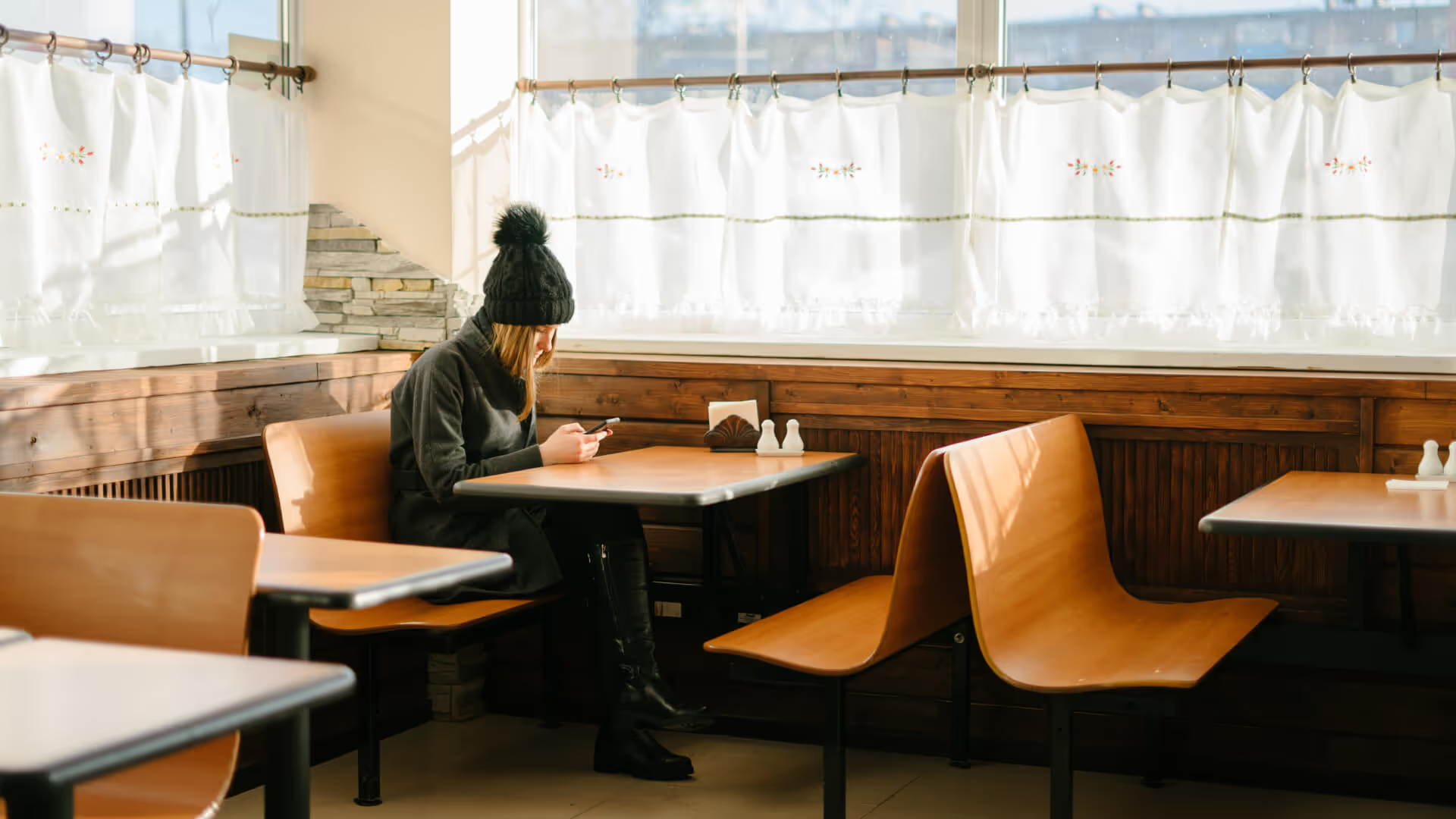



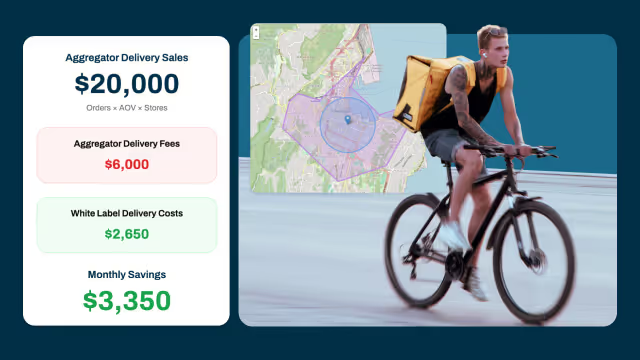

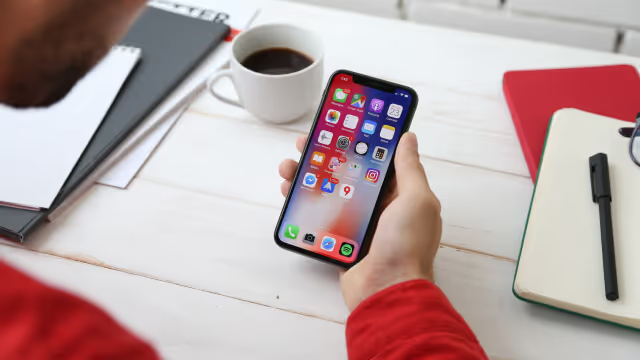
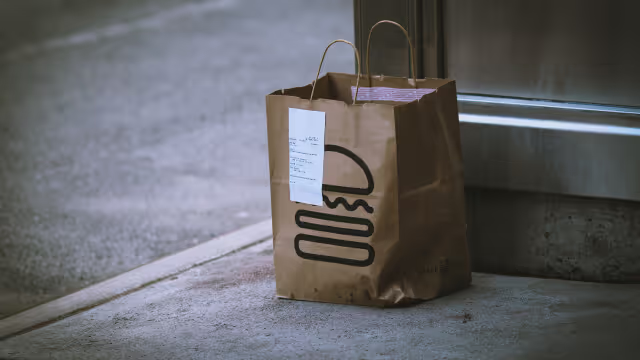

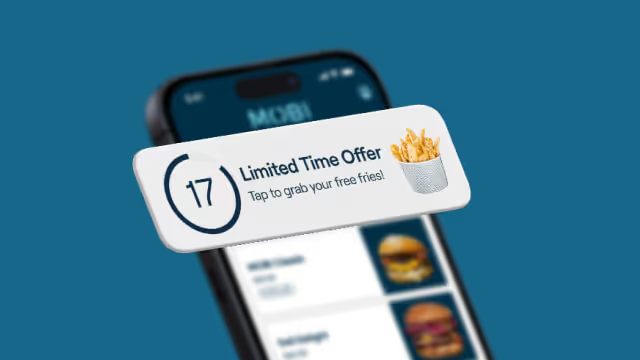

.avif)

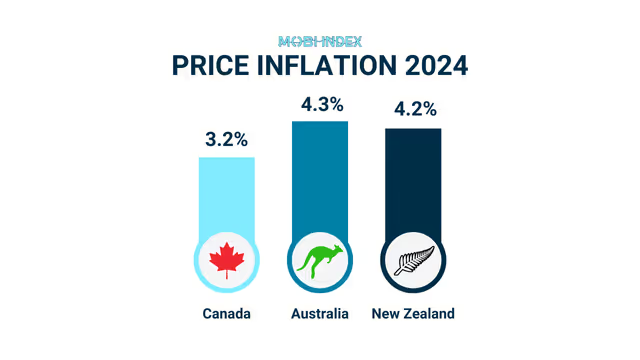
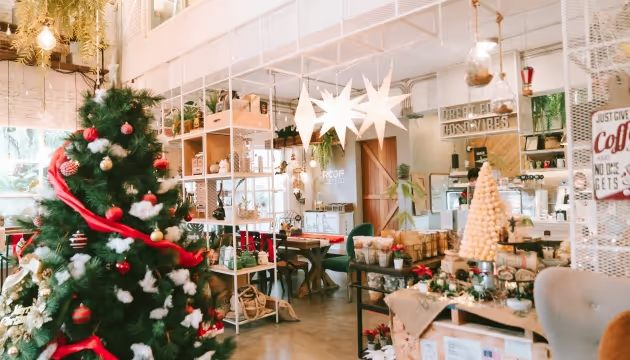
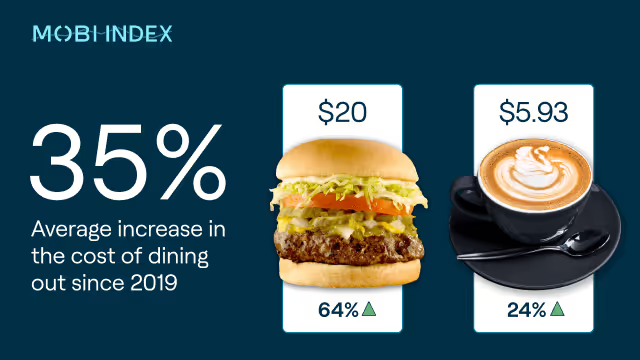

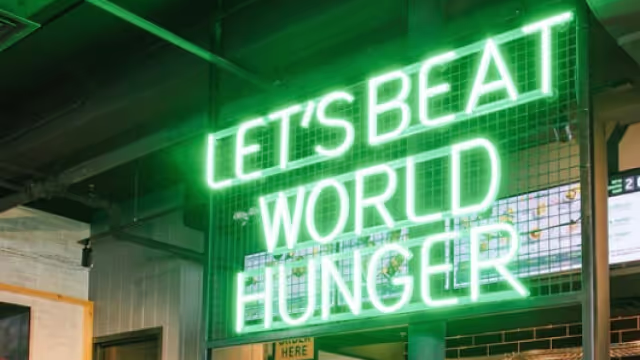
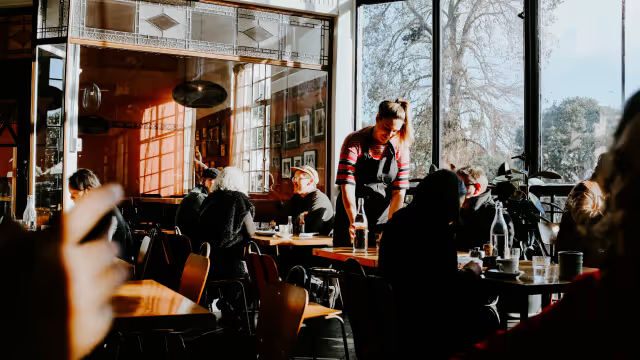


.avif)
.avif)
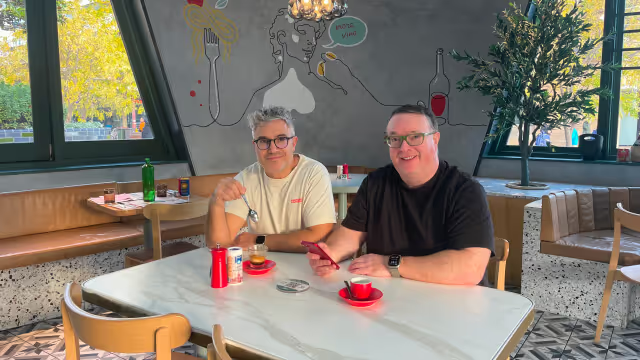
.avif)
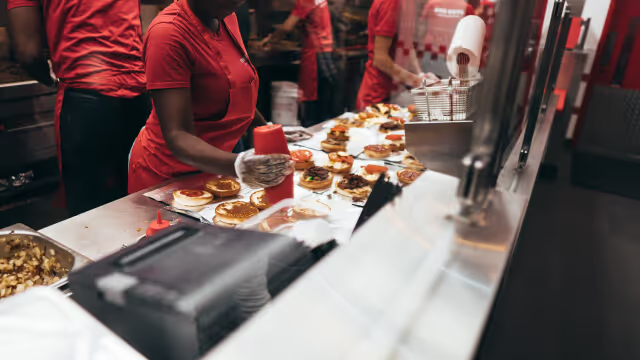

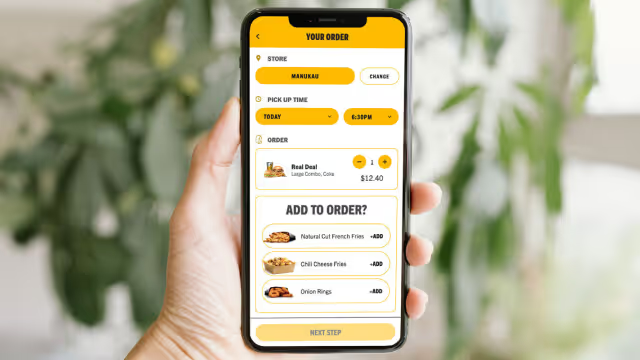
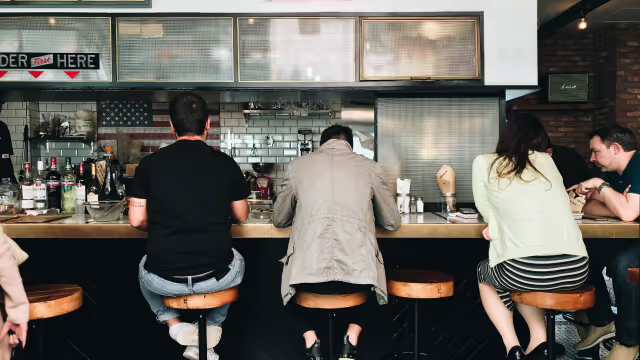
%203.avif)

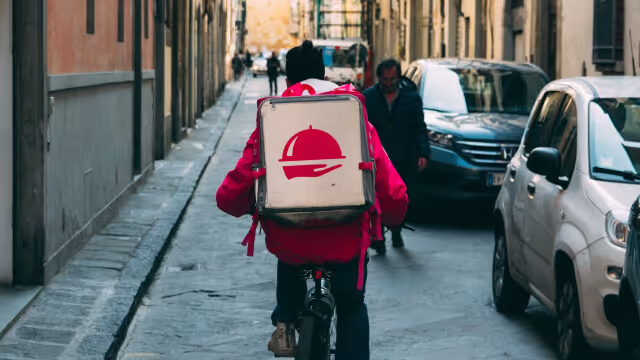


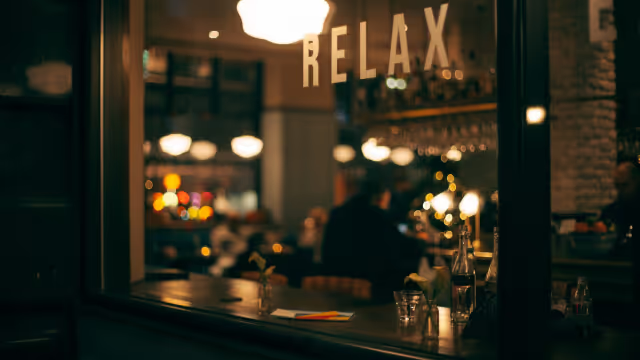
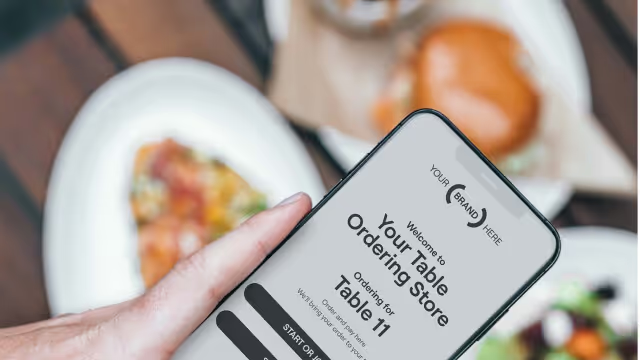

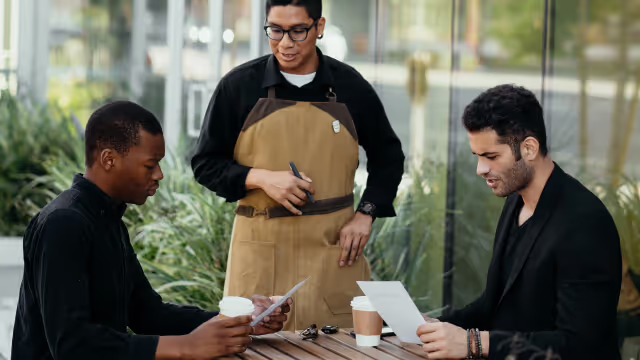
%203.avif)

%203.avif)
